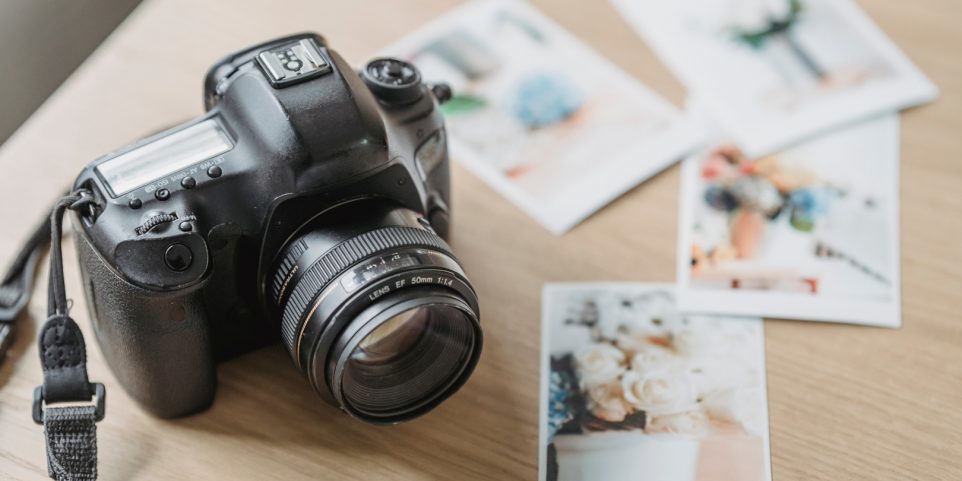5 Tips for Printing With Photo Paper

xr:d:DAFo1FL9DFI:313,j:4885678030558287077,t:23080108
In today’s digital age, we often find ourselves capturing countless moments through the lens of our smartphones and cameras. While digital photo albums are convenient and easily accessible, there’s something undeniably special about holding a physical image of a cherished memory. Printing photos on regular printer paper may suffice for everyday snapshots, but if you want to elevate the quality and longevity of your prints, using photo paper is the way to go. Similarly, you won’t get great results unless you use a photo printer rather than a standard printer. Whether you’re a photography enthusiast or simply want to preserve your memories in the best possible way, here are five essential tips for printing with photo paper.
Choose the Right Photo Paper
Photo paper comes in various types, each offering different finishes and textures that can significantly impact the appearance of your prints. The most common types of photo paper are glossy, matte, and satin (also known as semi-gloss).
Glossy Photo Paper
Glossy photo paper is known for its shiny finish, which enhances color vibrancy and sharpness. It’s perfect for high-contrast images, landscapes, and photos with vivid colors. However, it can be prone to fingerprints and glare in certain lighting conditions.
Matte Photo Paper
Matte photo paper has a non-reflective finish that offers a more subdued look. It is ideal for portraits and black-and-white images, as it reduces glare and provides a smooth, elegant touch.
Satin Photo Paper
Satin or semi-gloss photo paper strikes a balance between glossy and matte. It offers some sheen without the intense reflection of glossy paper, making it versatile for various types of images.
When choosing photo paper, consider the type of images you’ll be printing and the final look you want to achieve. Additionally, ensure that the paper you purchase is compatible with your printer to avoid any issues.
Adjust Your Photo Printer Settings
To get the best results when printing with photo paper, you’ll need to adjust your photo printer settings accordingly. Most modern printers have specific settings for different types of paper, including photo paper. When you’re ready to print, access your printer’s settings menu and select the appropriate paper type (glossy, matte, or satin) to ensure the printer optimizes its output for the specific paper you’re using. Additionally, you may have the option to adjust the print quality, color settings, and paper size to fine-tune your prints further.
Calibrate Your Monitor
Ensuring accurate colors in your printed photos starts with a well-calibrated monitor. The colors displayed on your screen should match the colors on the printed photo as closely as possible. Calibration tools are readily available and can help you achieve this accuracy. Regularly calibrating your monitor will ensure that the colors you see on your screen are consistent and reliable, leading to more predictable and satisfactory prints.
Mind the Paper Handling
Properly handling photo paper is crucial to preserving the quality of your prints. Always hold photo paper by the edges to avoid leaving fingerprints on the printable surface. Before printing, make sure your hands are clean and dry. Additionally, keep photo paper in its original packaging or store it in a cool, dry place to prevent any moisture or damage.
When loading photo paper into your printer, follow the printer’s guidelines to avoid jams or misprints. Most photo printers have a designated tray for photo paper, and it’s essential to load the paper correctly to ensure smooth printing.
Allow Proper Drying Time
Once your photos are printed, allow them to dry completely before handling or displaying them. The drying time can vary depending on the type of photo paper and the printer’s ink. Glossy photo paper generally takes longer to dry compared to matte paper. To avoid smudging or fingerprints, place the printed photos on a flat, clean surface and let them air dry for the recommended time specified by the printer manufacturer or the photo paper packaging.
Final Note
Printing with photo paper can transform your digital memories into tangible keepsakes that can be enjoyed for years to come. By selecting the right photo paper type, adjusting printer settings, calibrating your monitor, handling the paper with care, and allowing sufficient drying time, you can ensure high-quality, professional-looking prints that capture the essence of your favorite moments. So, unleash your creativity and start printing your cherished memories to create lasting reminders of the special moments in your life.
Your Trust, Our Core Commitment
At Rising Tech, earning and maintaining your trust is the cornerstone of our mission. We're dedicated to transparency, impartiality, and the relentless pursuit of truth in every article, review, and recommendation we publish. Our commitment to these principles ensures that you, our valued reader, are always equipped with reliable and unbiased information. Let us be your trusted guide in the ever-evolving world of technology.